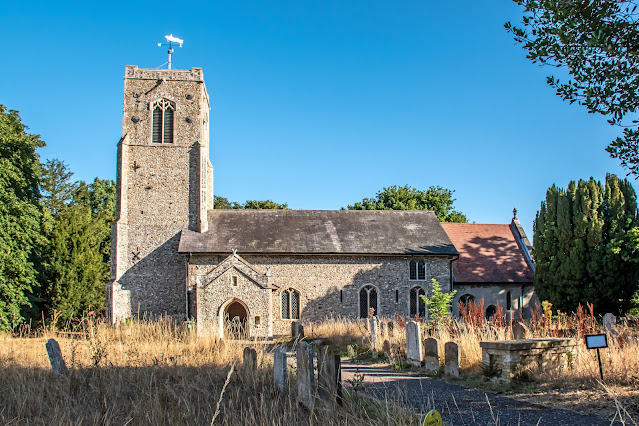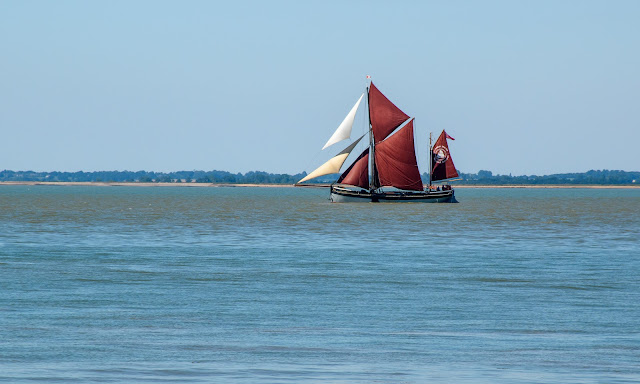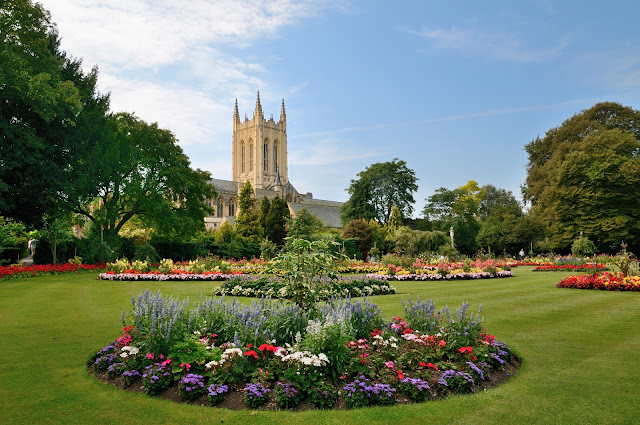At the left of the Cross is St Peter in cope and triple Papal tiara holding the key to the gate of heaven. He receives four of the saved - a King, a Queen, a Bishop, and a Cardinal.
My photographic diary - a record of places visited and things seen, including the history found in our many villages, and nature in its many forms. They are, above all, my memories --- "For what is a person without memories? - a ghost, trapped between worlds, without an identity, with no future, no past"
Thursday, 8 September 2022
The Wenhaston medieval Doom
At the left of the Cross is St Peter in cope and triple Papal tiara holding the key to the gate of heaven. He receives four of the saved - a King, a Queen, a Bishop, and a Cardinal.
Sunday, 10 July 2022
Landguard Scavenger Hunt with Gill Moon
Sunday, 19 June 2022
Pembrokeshire with Hayley and Izobelle
Friday, 17 June 2022
Jubilee Celebrations
The torch relay leg started in St Mary`s Church in Hadleigh and a couple of images taken, (Gloria in chair) before they set off. Each community seems to be doing a leg as it makes its way around Suffolk. It would arrive back in Ipswich at the Show Ground and be lit in Christchurch Mansion grounds the following night.
Rosey sets up her photographs and the PlaySchool tent is ready for action
Thursday, 9 June 2022
Interesting buildings in Ipswich
A brief wander around Ipswich and a few of the interesting buildings I photographed. No doubt there will be many more in the future.
It is dated 1639, probably recording the time alterations were made to the house. The front has a projecting eaves with a carved eaves board supported by carved brackets. The first storey has 2 oriel bay windows with lattice leaded lights and fine carved frames, supported on carved brackets. Small
mullioned casements flank the oriels below the eaves. The ground storey has one 6-light mullioned and transomed window (with 2 carved mullions). A painted panel between the oriels has a similar representation.
At the rear a solar wing extends south, timber framed and plastered, with a jettied upper storey with large casements and a large mullioned and transomed window on the ground storey. The interior has a fine C17 fireplace and moulded beams and ceiling joists. Roofs tiled, with 2 gabled dormers on the front.





























%20burial%20chamber_3.JPG)
%20burial%20chamber_1.JPG)























